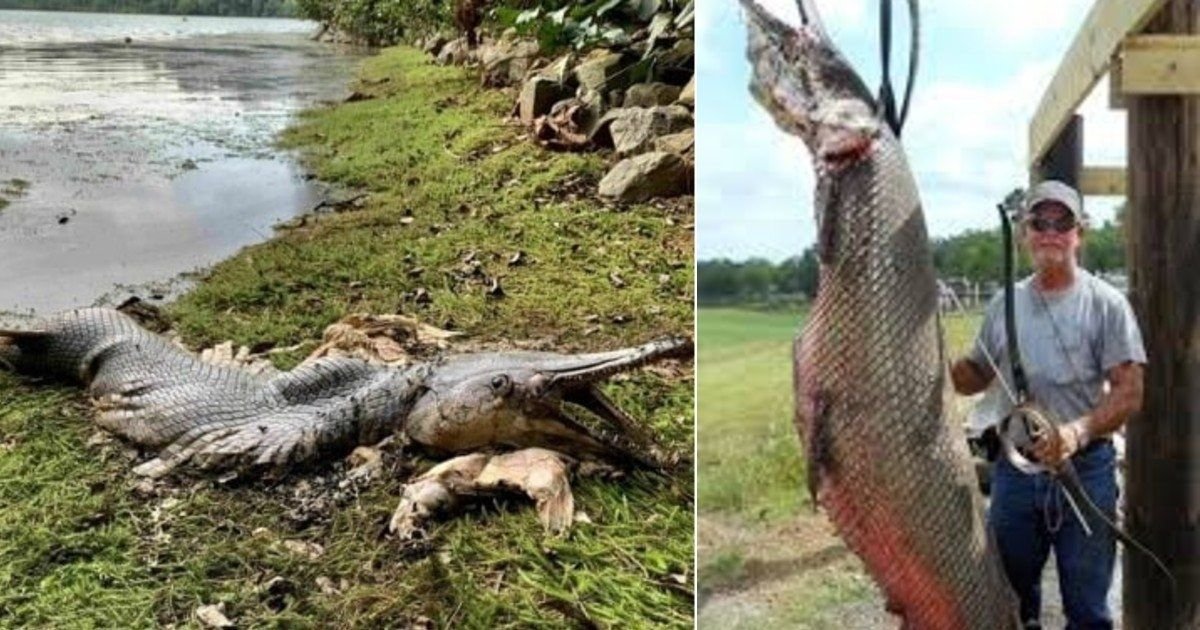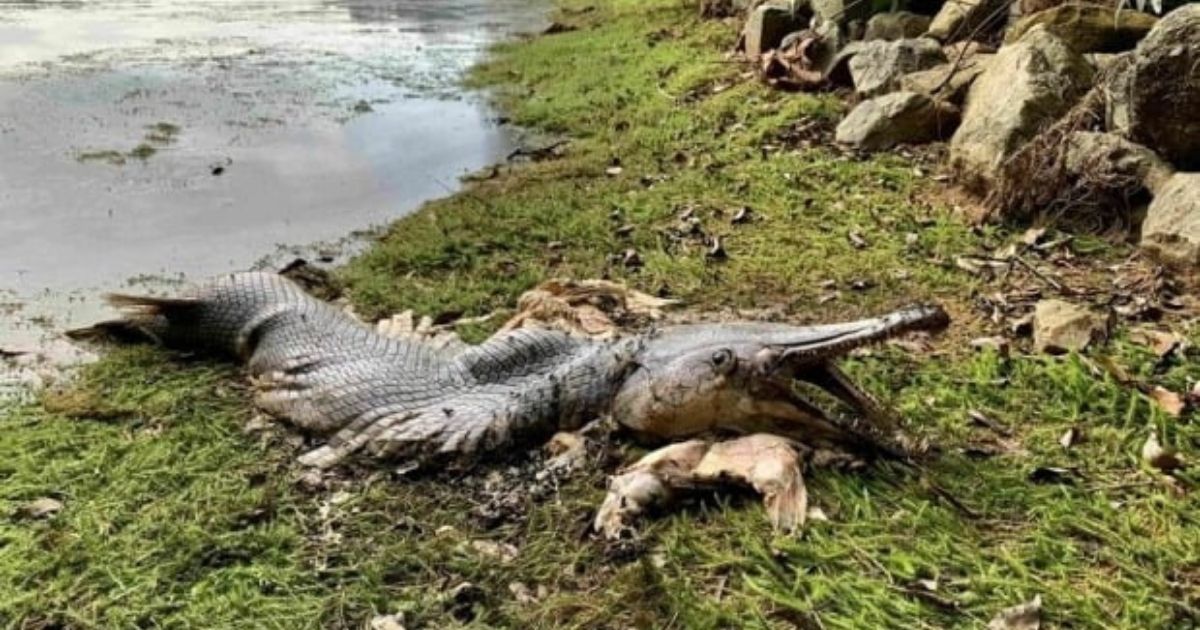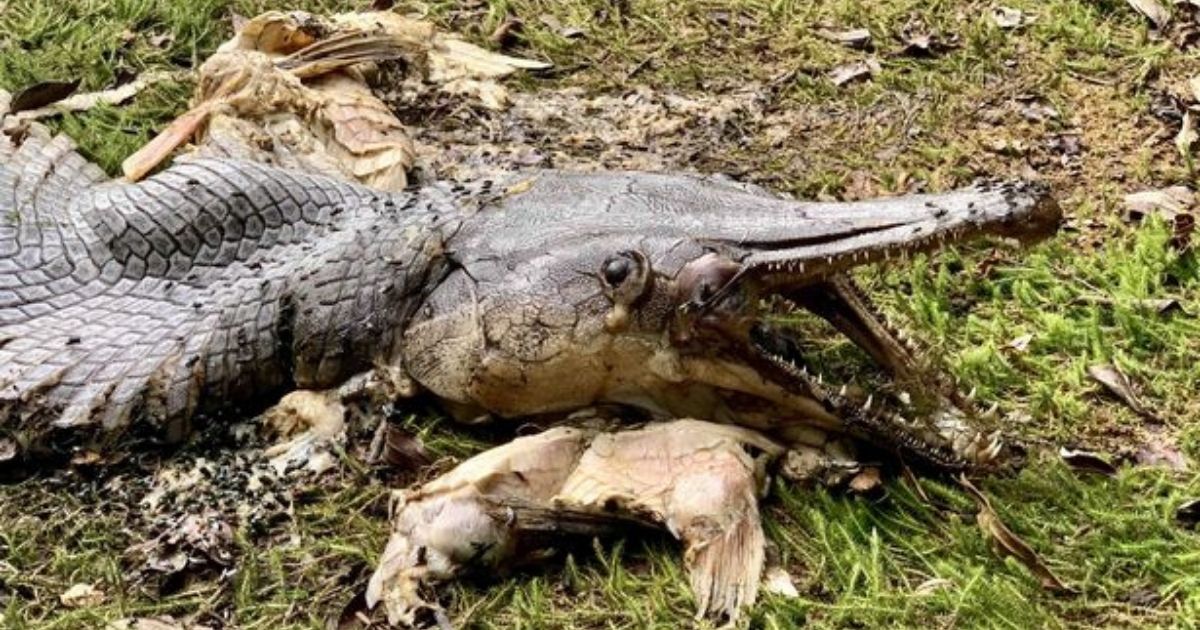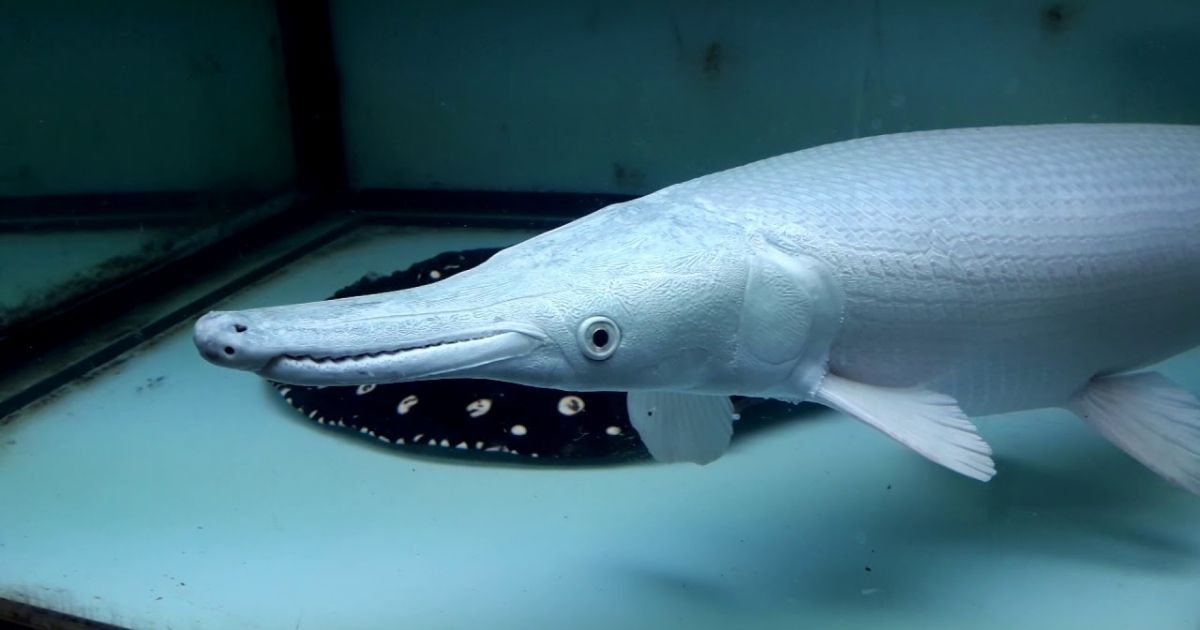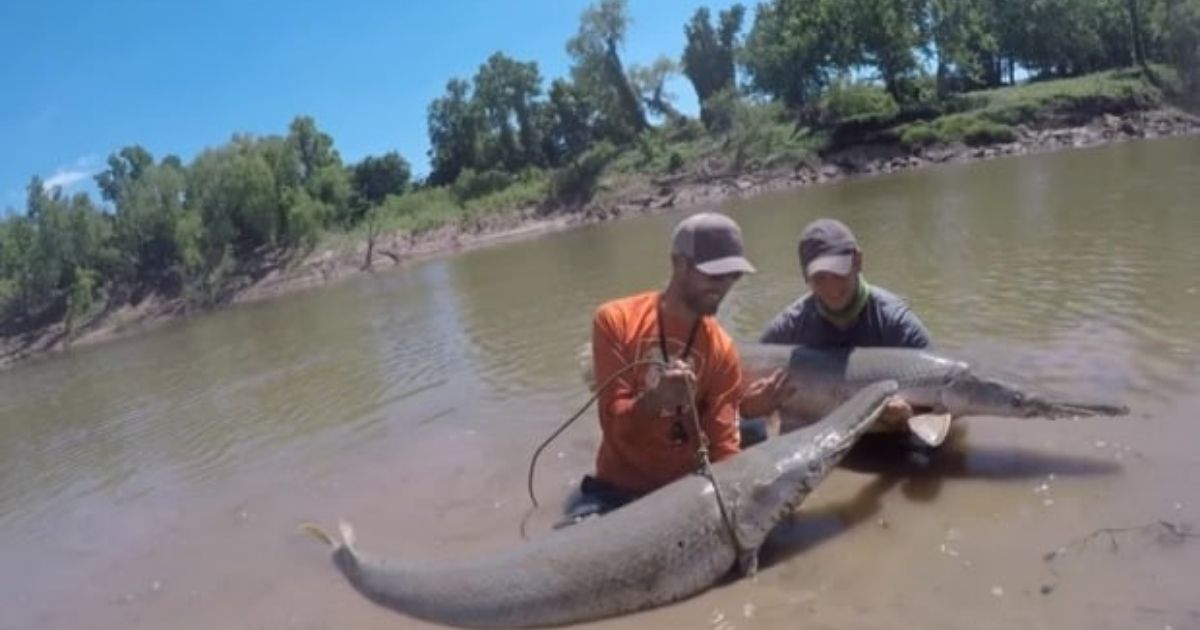In Singapore, Karen Lythgoe, 31, documented the discovery of the monstrous “prehistoric” fish.
The discovered species was called a “living fossil” due to to the fact that so much of its biology can be traced back to its earliest ancestors and has the ability to breathe both air and water.
The discovery has sparked a marine mystery after its remains were discovered by Karen —a brit ex-pat— in MacRitchie Reservoir, Singapore’s oldest reservoir.
“There were some people already looking at it from the boardwalk, but that was too far away to see what it was,” she said. “We thought it was a crocodile from that position, but it didn’t look quite right, so we went off the path to get a closer look.”
“It wasn’t a crocodile! It was like something you might see in a zoo – it looked prehistoric with its big jaws and teeth,” Karen added. “I was shocked and intrigued at how it came to be in the reservoir.”
Imran Kassim, 27, initially thought it was another predatory reptile.
“Honestly, it flat out looked like an alligator, especially because a portion of its body was gone – probably eaten by a happy monitor lizard,” Imran said. “I was pretty shocked to see it as I thought it was an alligator, and that trail is supposed to be safe other than the cheeky monkeys stealing food, and there have never been huge animals there.”
“It was pretty damn strange, but it looked enough like a lizard with its jaws wide open, that I would have never guessed it was a fish.”
Singapore’s National Parks Board identified the hideous creature as an alligator gar, a large fish with a broad snout and long sharp teeth that looked like the American alligator.
The city’s water agency and National Parks Board confirmed the creature was indeed an alligator gar – a fish native to the southern United States, some 10,000 miles away.
As for how the creature ended up in Singapore, authorities can only assume that it was kept as a pet and released once it had grown too large.
“We would like to remind everyone that the release of these animals will disrupt our delicate aquatic ecosystem and may also pose a risk to users of our water bodies,” authorities said.
The juvenile alligator gar – averaging around 20cm long – can be purchased from local fish merchants, local reports said.
“I’m shocked someone could be so irresponsible to release that into the wild,” Karen said. “It’s a top predator so it really affects the ecosystem.”
“It’s pretty irresponsible to release a wild animal in those waters as it could have affected the wildlife here due to it being an invasive species and laying highly toxic poisonous eggs,” Imran added.


